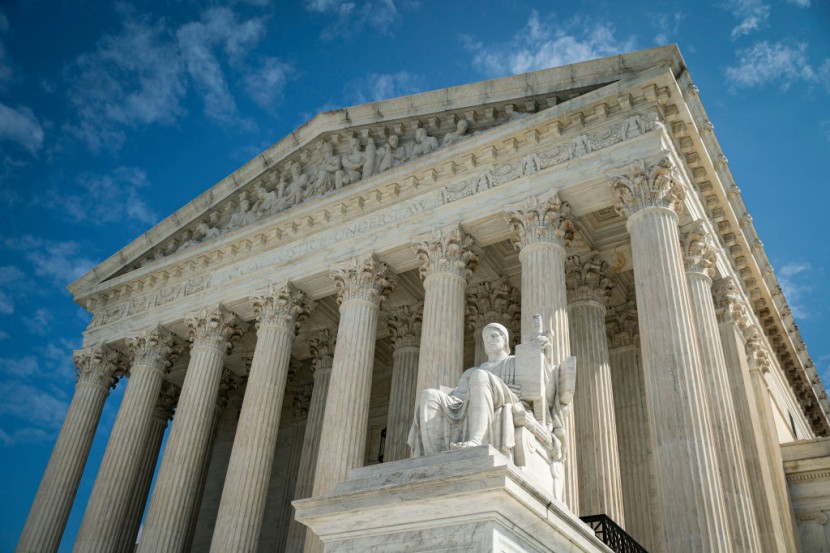
A climate activist, who was later identified to be a 50-year-old man named Wynn Bruce, died after setting himself on fire in front of the United States Supreme Court on Earth Day while he was protesting against the government's lack of effort to mitigate the effects of climate change.
The Metropolitan Police Department (MPD) was the one that made the announcement in a report and also said that the individual was airlifted by helicopter to a local hospital. However, he later succumbed to his injuries and lost his life.
Act of Self-Immolation
Bruce's family members were not immediately reachable following the incident. It was found that the Supreme Court Police responded to the incident with the help of Capitol Police and the MPD, as per KRQE.
In a Twitter post on early Sunday morning, Dr. Kritee Kanko said that the man's act was not suicide but was a deeply fearless act of compassion that sought to bring attention to the climate crisis. In an interview, she added that she was not completely certain of Bruce's intentions when he set himself on fire.
However, Kanko noted that many people around the world are increasingly driven to extreme amounts of climate grief and despair. She noted that what she did not want to happen was that young people started thinking about self-immolation.
Kanko, a climate scientist at the Environmental Defense Fund and also a Zen Buddhist priest in Boulder, said that she was a friend of the activist. Authorities said that Bruce set himself on fire at the plaza in front of the Supreme Court at roughly 6:30 p.m. on Friday.
A video posted on Twitter showed a National Park Service helicopter landing in the plaza to airlift Bruce to a local hospital. In late February, the Supreme Court had heard arguments regarding an important environmental case that could restrict or even eliminate the Environmental Protection Agency's authority to control pollution.
Addressing Climate Change
According to the New York Times, the conservative majority of the highest court in the United States voiced its skepticism of the agency's authority to regulate carbon emissions. They suggested that a decision by the justice could result in a heavy blow to the Biden administration's efforts to address climate change.
Bruce's self-immolation was an apparent imitation of Vietnamese monks who would burn themselves to death in protest during the Vietnam War. The climate activist's Facebook account commemorated the death of Thich Nhat Hanh, who was an influential Zen Buddhist master and anti-war activist who lost his life in January.
Earlier in the day when Bruce set himself on fire, four people were shot when an armed person suddenly opened fire in a residential area in the Northwest part of the city. The incident forced residents and schools to lockdown and shelter in place. Authorities were later able to find the suspect lifeless.
A Supreme Court spokesman said on Friday that Bruce's death was in no way related to the shooting and said that it was "not a public safety issue," the New York Post reported.
Related Article: Mike Tyson Plane Incident: Florida Man Punched by Boxing Legend Identified








